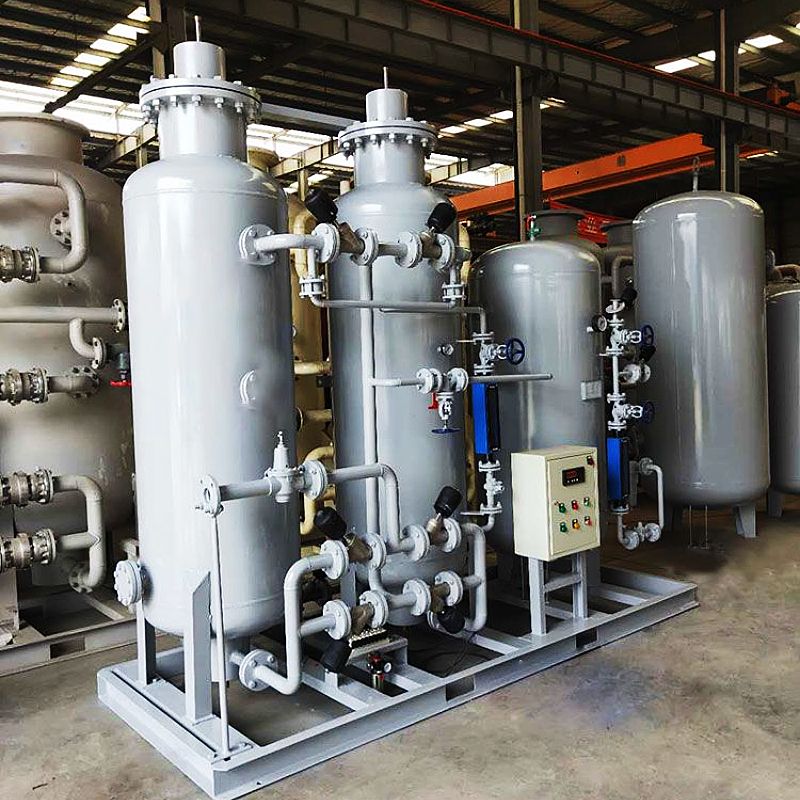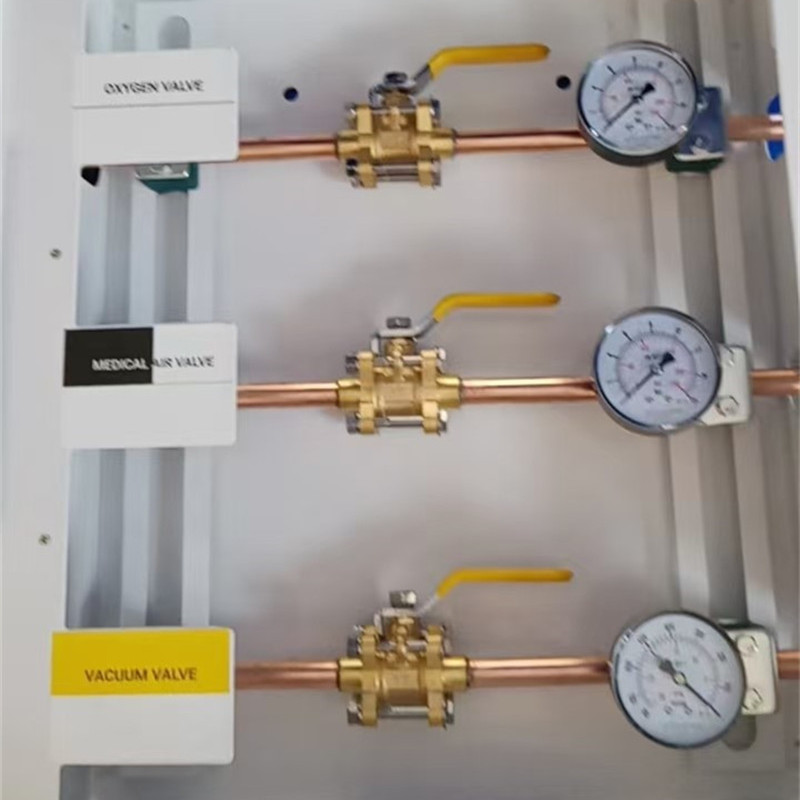Medical Gas System
A medical gas system is a critical infrastructure in healthcare facilities designed to safely deliver and manage specialized gases required for patient care, treatment, and equipment operation. Its components and functions include:
Core composition
Gas supply: Provides gases such as oxygen (O₂), compressed air, negative pressure attraction, nitrogen (N₂) through central gas supply stations (such as liquid oxygen storage tanks, compressed air units) or gas cylinder busbars.
Pipeline network: A gas transmission pipeline system composed of copper pipes or seamless steel pipes, transporting gas to terminal equipment such as wards and operating rooms (such as ventilators and anesthesia machines).
Monitoring and alarm devices: monitor gas pressure, concentration and leakage in real time, and ensure gas safety through alarm systems (such as controllers, sensors, and display screens).
Functional Features
Life support: Provides a stable air source for patients’ breathing (such as oxygen therapy), anesthesia (such as nitrous oxide) and equipment (such as ventilators).
Precise control: Accurate control of flow and pressure through pressure regulating valves and terminal equipment to meet the needs of different medical scenarios.
Safety guarantee: Equipped with redundant design and automatic switching functions (such as dual-channel gas supply for gas cylinder buses) to prevent gas supply from interruption; at the same time, waste gas is processed through a negative pressure system to avoid pollution.
Application scenarios
Clinical treatment: Operating rooms, ICUs, emergency departments and other areas rely on oxygen, compressed air and negative pressure attraction for emergency aid and intensive care.
Equipment support: Nuclear magnetic resonance (MRI) relies on liquid helium cooling superconducting magnets, and argon/helium switching is required for argon/helium switching.
Environmental Management: Laboratories and wards ensure clean air through exhaust gas treatment systems.
Through integrated design and high reliability standards (such as ISO 7396-1), the system has become the core facility for modern hospitals to ensure precision medicine and patient safety.



